We Choose Milk Kefir… for Health, Ease, Diversity, and Sustainability
Milk kefir is one of the first fermented foods that our family began eating solely for the way it made us feel. We already loved the flavors of yogurt, kombucha, and sourdough; but milk kefir was definitely out of our normal flavor range.
Since then I have experimented with it for a few years and have read up on it fairly extensively. Kefir is now the only cultured milk product I keep around regularly. Right now we don’t have access to fresh milk so I am using store-bought milk simply to keep my grains alive.
That’s how much we like this stuff. Here is why…
Health
Despite the fact that we didn’t love the taste, we began eating it a few years ago – at first hiding it in smoothies and mixing it in equal parts with our beloved homemade yogurt. And then we started noticing how we felt after eating it – energized, light, refreshed, lacking that weighed down feeling that often comes after a meal.
Just in the last couple of years we began to drink it straight up, as a salad dressing, or with a touch of honey or jam mixed in. It’s my version of the “cure-all”. Got a stomach ache? Drink some kefir. Feeling fatigued? Drink some kefir. Pregnant/nursing/dehydrated/have symptoms of mineral deficiency/constipated/diarrhea/you-name-it? Drink some kefir.
Kefir isn’t just like yogurt, as some might say, in fact some (myself included) think that it is more beneficial than yogurt. If you’re interested, you can read an article I wrote about the differences between milk kefir and yogurt.
Long story short, kefir contains beneficial yeasts as well as many more strains of bacteria than yogurt does, meaning it may help to colonize your gut more thoroughly than yogurt. Oh, and the word kefir actually roughly translates to mean “good feeling”, which totally explains why I’ll even rub it on a child’s skin when they have a rash – it’s just that awesome.
It’s Easier than Most Cultures
Even though I love cultured foods, even though my family eats them regularly, even though I use them as a method of food preservation and as medicine; I still struggle to reboot the kombucha, feed the sourdough, and rotate the milk kefir.
Which brings me to the second reason I love milk kefir: it is easy. I kill cultures with wild abandon, I almost never get around to washing all the dishes, and I often accidentally wander out to work in the garden when I probably should be working in the kitchen. Woops.
So there is a reason milk kefir stays on our counter. It is hard to kill, it’s fairly forgiving, and it is as simple as “add milk” to the culture and leave it on your counter top. No, really, that’s all.
It is Diverse
Because of my inability to remember anything on a regular basis, I know I’ll never be able to keep several types of dairy cultures alive at once. Kefir allows me to keep one culture for making every type of dairy product I could want. Yes, you heard that right.
You can use kefir to make cultured cream, cream cheese, hard cheese, and cultured butter. If you’re interested, you can read more about it in my article on how to make and use these different “kefired” dairy products.
Because they’re all based off of the kefir culture they will be flavored by those bacteria instead of the cultures you might be used to tasting in cream cheese or butter. But we have a “If we can grow it, maintain it, or sustain it then we will eat it” policy, so it’s cool with us.
It is Sustainable
Sustainable, to me, means that not only can you continue to do something indefinitely given your current resources, but it can also be maintained given your time and circumstances.
Milk kefir is my preference for a sustainable milk culture. It is self-perpetuating, meaning not only can you reuse the kefir grains for the next batch of kefir, but it actually makes more kefir grains with every batch, if the conditions are right.
So, if we get the a point where we keep goats, and if we can feed them from our land, and given that milk kefir is self-perpetuating, and given that it is easy enough to maintain the culture on a regular basis… milk kefir can be completely sustainable in a closed-circle food system.
Oh, and you can feed it to chickens and pigs – another long-term goal of ours.

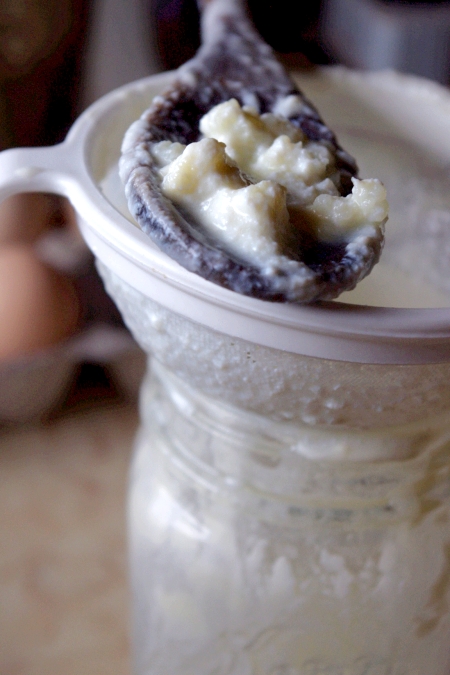
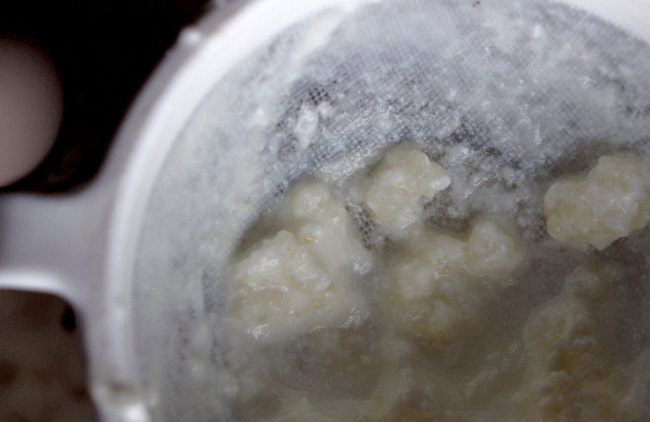
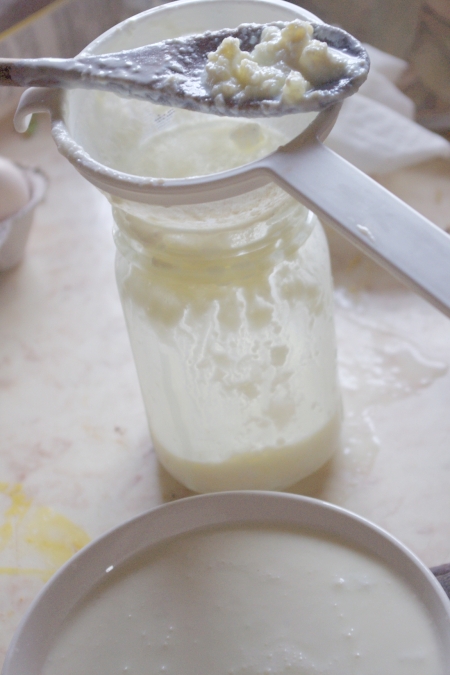
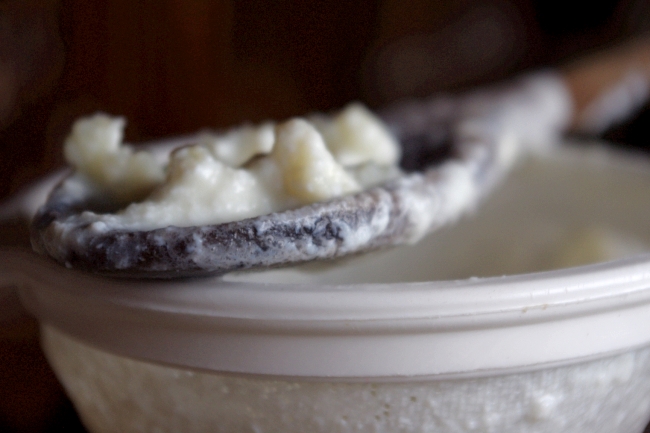
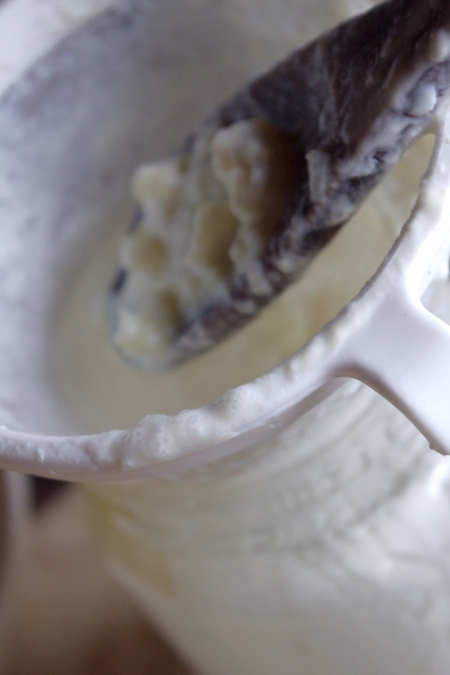

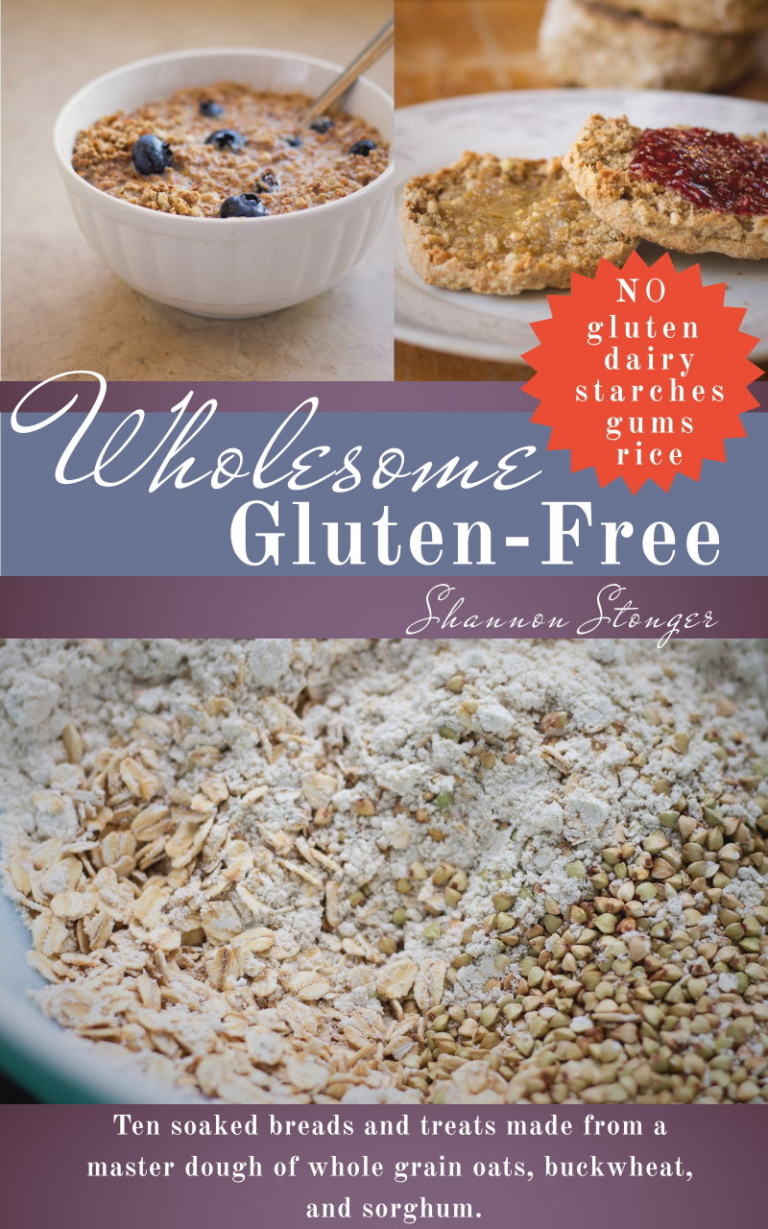
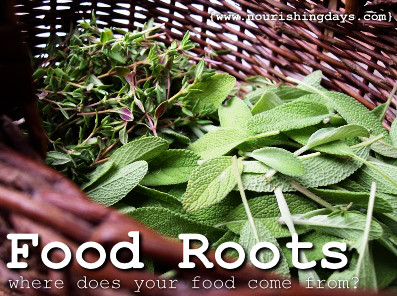
Kefir is so amazing to me. Need to get the dairy grains out and get them going. Don’t love the taste but you have inspired me to try again. Also reminded me that my kombucha is most likely vinegar!
Great article, thanks. I’ve been planning on making kefir this week from our own fresh goats milk.Now I will certainly do it today. By the way if you are looking for a dairy animal, in my opinion, goats are the way to go! They are so efficient, and offer so much for their size. Mine are currently serving a dual purpose. Clearing our property, and giving us more milk than we need. Also, the bucklings born this year will be meat for next winter.
yay! a love letter to kefir! I’m about to write one of my own on my own blog, but I enjoyed reading your much longer experience.
Thanks for the reminder. I’d let our kefir grains go in a quart in the fridge, and I strained them out, used the extra-sour kefir in some baking, and started them again. This year we took our son, who has asthma, horrible ezcema, and allergies, off gluten and dairy and have been amazed at his level of energy. That was all the proof I needed that food significantly affects our well-being, so I’m getting myself back on a kefir habit, with this reminder.
Does anyone know a free or cheap source of kefir grains in Lancaster, PA area. I’m a little afraid to spend a lot of money and not like the taste of kefir.
I just wanted to let you know that I love your blog and what you and your family are doing! My husband and I bought 9 acres in rural SE OK in November 2008 (and we’ll have it paid off in October 2013!) and in October 2010 we started building our little 600 sq ft house (still unfinished, it’s a work in progress). As soon as we had electricity in June 2011 we moved in. Previously we had been commuting on the weekends from Fort Worth. We still don’t have running water, but I think we’ll finally have it set up by the end of June 2013. We’re on a mountain so we’re having to haul water right now but we will eventually convert the system to captured rainwater. On top of the rural living, I found out I’m gluten and lactose intolerant so I’ve been forced to learn new methods of cooking. It’s so inspiring to see others making similar sacrifices and making similar lifestyle choices. In between helping my husband with the water shed today, cleaning and working on the garden, I’ve been relaxing by reading your blog. I’m hoping to make it through to your first post. Anyway, all that to say thank you!
I’ve cultured kefir for about six months,and now have about cup and two thirds of grains. That’s more than I need at the present so if anyone that lives in Ft. Worth would like a couple of tablespoons,I would be happy to help out. I buy raw milk , out of Cleburne now. I was going as far as 85 miles south down hwy. that goes through Grandbury (377),other side of Bluffdale. But that man stopped selling his milk from his brown swiss cows,which was Best I’ve had.
Eddie – Thanks so much for your offer! Would you be okay with me passing your email address on in the comments and my facebook page? Thanks!
Sorry,but without my e-mail,whoever that needs the grains in Ft.Worth will have to get contact through Shannon.
I wouldn’t mind except I personally don’t use Facebook or twitter. Thanks